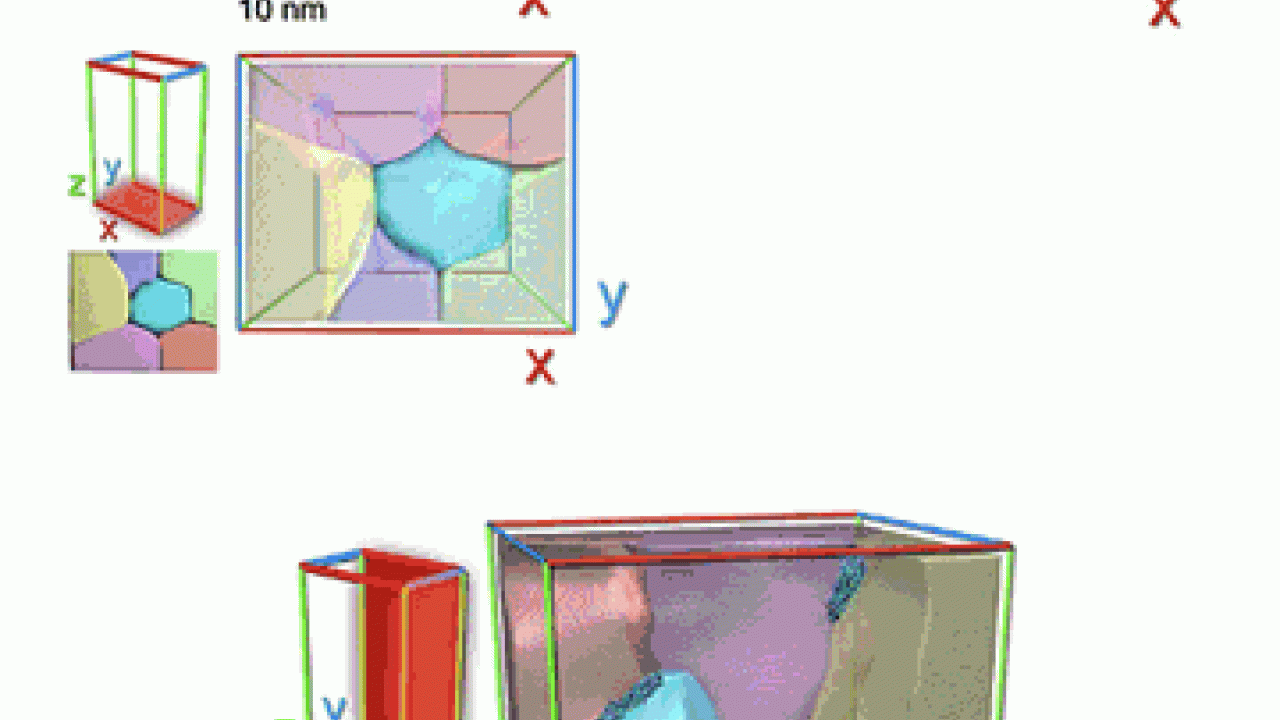An aluminum alloy of unprecedented strength can be made using a technique developed by researchers at UC Davis; the University of Sydney, Australia; North Carolina State University; and Ufa State Technical Aviation University, Russia.
The aluminum alloy has a strength of one gigapascal, a quality usually only found in very heavy steel, said Enrique Lavernia, distinguished professor of chemical engineering and materials science, and provost and executive vice chancellor at UC Davis.
"Normal aluminum has only a percentage of that strength," he said.
The work was published Sept. 7 in the online journal, Nature Communications.
Engineers have known for some time that nanostructured metals, those with a very small grain size, are very strong, Lavernia said. But at the same time, these metals lose ductility -- meaning that they can absorb less energy before breaking.
UC Davis researchers had previously pioneered materials with grain sizes at multiple scales, which combine both strength and ductility, Lavernia said.
In the new study, the team including Lavernia and Yonghao Zhao, assistant project scientist at UC Davis, treated aluminum 7075, a widely used alloy of aluminum that contains 2 percent zinc and magnesium, to create even smaller clusters of atoms within grains and at grain boundaries.
"Think of a hierarchy of length scales, from atomic clusters to grains of different sizes," Lavernia said.
The researchers subjected the alloy to a high-pressure twisting step and a natural aging treatment, then studied the fine structure of the treated alloy. They found nanometer-sized grains and, concentrated within those grains and at grain boundaries, clusters of zinc and magnesium atoms.
The material was about twice as strong as conventional aluminum alloys while retaining ductility.
"By combining information on grain orientation and solute (zinc) arrangement, we can engineer materials of great strength," Lavernia said.
The other coauthors on the paper are Peter Liddicoat, Simon Ringer and Xiao-Zhou Liao, University of Sydney; Yuntian Zhu, North Carolina State University (and a former postdoctoral researcher at UC Davis); and Maxim Murashkin and Ruslan Valiev, Ufa State Technical Aviation University, Russia.
The work was supported by the Australian Research Council, the U.S. Department of Energy and the U.S. Office of Naval Research.
Media Resources
Andy Fell, Research news (emphasis: biological and physical sciences, and engineering), 530-752-4533, ahfell@ucdavis.edu
Enrique Lavernia, Chemical Engineering and Materials Science, ejlavernia@ucdavis.edu
